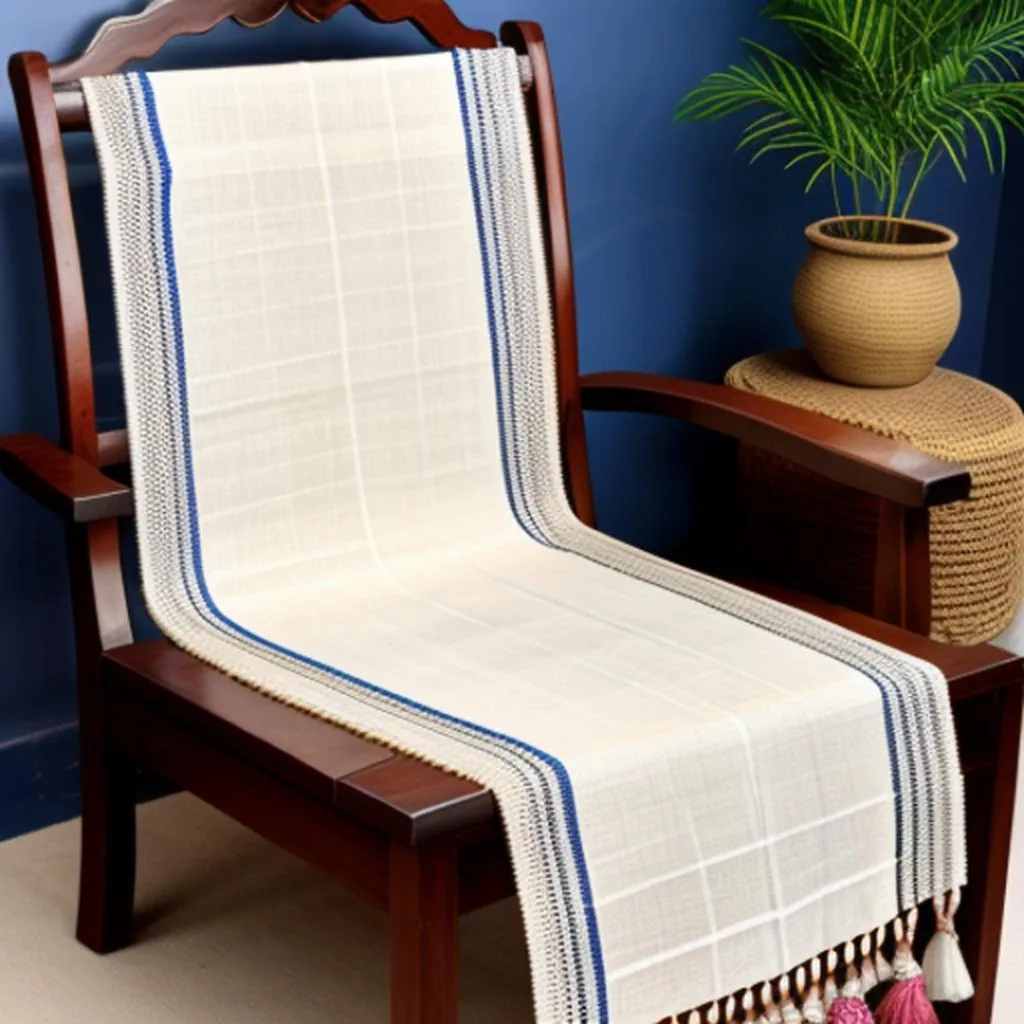Ethical Textiles 101: How to Identify and Choose Sustainable Fabrics

In a world increasingly conscious of its environmental footprint, the shift towards sustainable living has never been more crucial. Among the myriad ways to contribute to this movement, opting for ethical textiles is a significant step forward. But how do we, as consumers, navigate this green maze and make informed choices? Let’s delve into the world of sustainable fabrics and uncover how to identify and choose them.
Understanding Ethical Textiles
Ethical textiles are fabrics that are produced in a way that is both environmentally and socially responsible. This includes the use of organic materials, adherence to fair labor practices, minimal use of chemicals, and efficient water and energy use during production. The goal is to minimize harm to the planet and ensure that workers in the textile industry are treated fairly and with dignity.
Identifying Sustainable Fabrics
- Look for Certifications: Certifications like Global Organic Textile Standard (GOTS), Fair Trade, and Better Cotton Initiative are good indicators of ethical textiles. These labels ensure that the fabrics meet stringent environmental and social criteria throughout their production process.
- Research the Material: Natural fibers such as organic cotton, hemp, linen, and bamboo are generally more sustainable than synthetic ones. However, the way they are farmed and processed can significantly impact their environmental footprint. Opt for materials that are organically grown and processed without harmful chemicals.
- Check the Brand’s Commitment: Many brands now share their sustainability journey and commitments online. Look for information about their sourcing, production processes, and partnerships with ethical suppliers. Transparency is key.
- Consider the Durability and End-of-Life of the Fabric: Sustainable fashion is not just about the material but also about the longevity of the product. Choose high-quality, durable fabrics that will last longer. Additionally, consider the fabric’s end-of-life – can it be easily recycled or is it biodegradable?
Choosing Sustainable Fabrics
- Prioritize Quality Over Quantity: Invest in fewer, high-quality pieces that will last longer, rather than falling for the fast fashion trap of cheap, disposable clothing.
- Embrace Second-Hand and Vintage: One of the most sustainable options is to buy second-hand or vintage clothing, as this extends the life cycle of existing garments and reduces the demand for new production.
- Support Ethical Brands: When shopping for new textiles, support brands and designers who are committed to ethical and sustainable practices. Your purchasing power is a vote for the kind of world you want to live in.
- Educate Yourself and Others: The more you learn about sustainable practices and ethical textiles, the better choices you can make. Share your knowledge with friends and family to spread the word.
Choosing sustainable fabrics is a powerful way to impact the planet positively. By making informed decisions, we can support a more sustainable and ethical fashion industry
